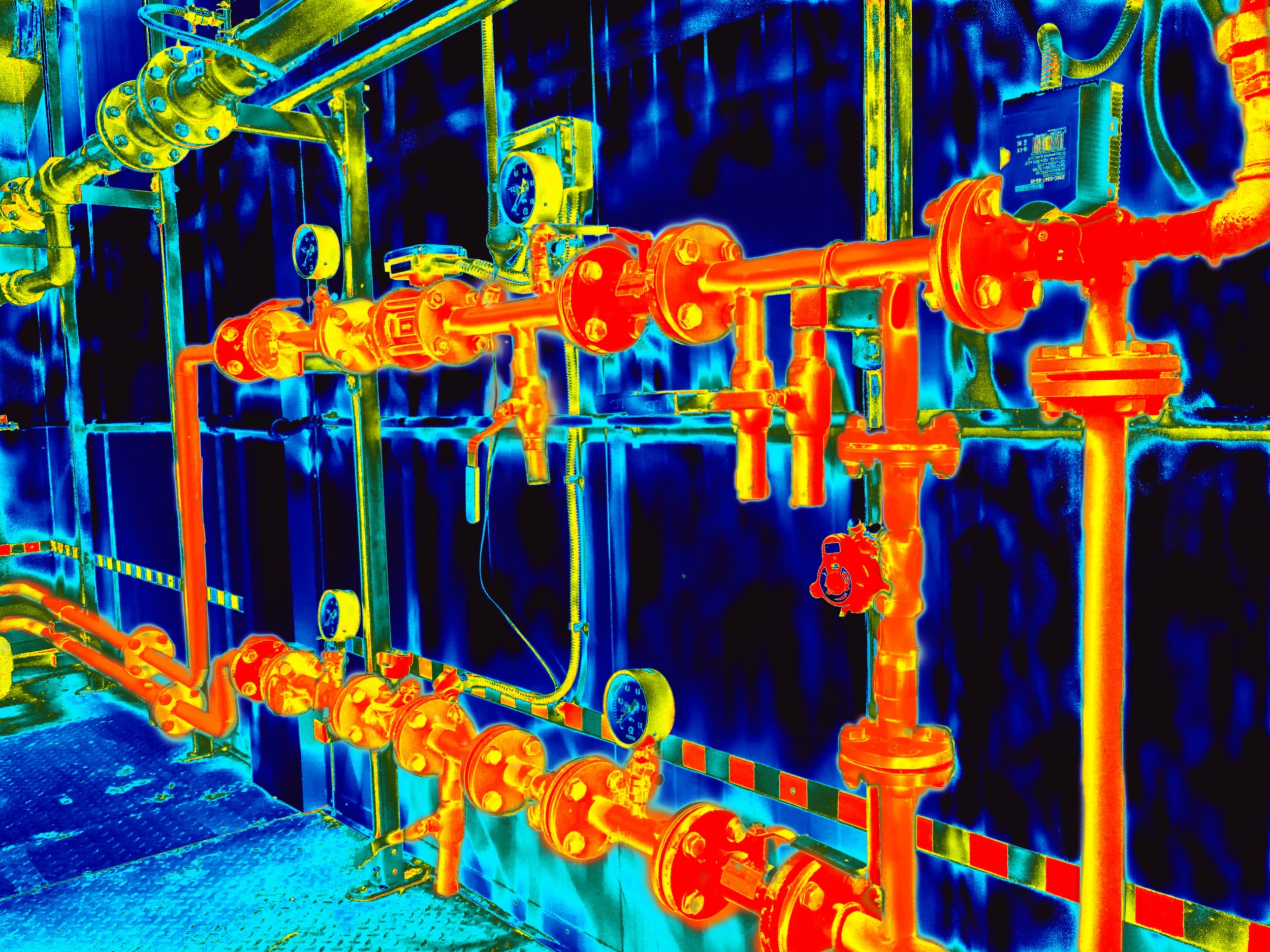If Thermal Resistance is the Point, Why Are Most Insulation Products So Terrible at It?
Keeping hot pipes hot and cold pipes cold. That is the fundamental point of insulation. Whether you’re keeping food safe, chemicals stable, or water from freezing, using insulation to maintain proper tank and pipeline temperatures is a vital part of operations and process efficiency.
Insulation’s contribution to process efficiency can be significant – so much so that companies spend a LOT of money on it each year. In 2022, the industrial insulation market size in North America was estimated to be $2.14 billion (that’s billion with a “b”) with a 3.7% CAGR through 2030. And yet, despite its importance and all that money being tossed around, many traditional insulation products are just not very good at their job. And when we say not very good…we mean really bad. Like really bad. So bad, in fact, that within a short amount of time after installation, traditional insulation products not only often fail to deliver on the promise of thermal resistance, they actually cause a very damaging and frequently dangerous pipeline condition known as CUI – corrosion under insulation.
All of this is to say that, when it comes to industrial insulation, as Sir Francis Bacon so eloquently put it back in the 17th century, “Sometimes the remedy is worse than the disease.” This is so true, in fact, that we’ve talked to representatives for operations across a multitude of industries that have become so frustrated with the whole insulation dilemma that they have opted to do away with the stuff altogether – preferring to take the substantial hit of sky-high energy costs in order to avoid the possibility of a corroded pipe blowing out and shooting chemicals…or sewage…or boiling hot water all over their people and plant.
So, what gives? Why is it so difficult for traditional insulation products – like fiberglass and rockwool – to keep hot pipes hot and cold pipes cold? The main reason is that these insulation types are very delicate and damage easily.

Traditional insulation provides reliable thermal resistance, as long as you don’t…
- Get it wet.
- Compress it.
- Remove and reinstall it.
- Drop something on it.
- Expose it to the elements.
- Use it on a complicated shape.
- Try to install it yourself.
- Expect it to last more than 3-5 years.
- Ever have a leak.
So basically, if your operations exist in a perfect bubble where nothing ever deviates from the ideal, you’ll be good. If, on the other hand, your operations exist in the real world where…
- Pipelines and tanks are all or partially outside
- Employees are working near the insulated parts
- There is a need for regular inspections for leaks or wear and tear
- There are valves, fittings, and/or tees that also need insulating
…you run the risk of insulation becoming totally useless or even dangerous simply by exposing it to the day-in, day-out tasks of normal operation. Additionally, if you have a heat trace system in place, it just takes one small section of failed insulation to ruin the effectiveness of the entire line.

Where Traditional Insulation Fails, Dragon Jacket Soars
Of course, if you’re reading this, you know that a better solution does exist, and that solution is the thermal-resistant insulation superstar of our modern times – Dragon Jacket.
But can we just say right now, for the record, that it makes us uncomfortable knowing that the best thing about Dragon Jacket is that it performs as promised by keeping hot pipes hot and cold pipes cold? Because merely doing what it’s supposed to do is a pretty low bar to clear, isn’t it? When you think about it in those terms, it makes a person wonder how in the world traditional insulation products have been able to get away with raking in literally billions of dollars for decades without actually providing the reliable thermal resistance that is their stated purpose?
So, while it may be true that we do stand out in the industry for having a product that actually does its job, this was such a low bar that we needed to raise it for the entire industry.
That’s why we designed Dragon Jacket Insulation to deliver on its promise of consistent, reliable thermal resistance and provide that reliability for decades. (Remember, you’re lucky if you can get 3-5 years out of the traditional stuff.)
We also designed our insulation products to be EASY to install. Our one-and-done, fully encapsulated insulation installs in minutes without the need for any special training or tools. This goes for valves, fittings, elbows, tees, and any other awkward shapes. (Shoutout to all the heroes out there dealing with traditional insulation installation, removal and reinstallation – We see you; we know what an absolute nightmare it can be, and we are here for you!)
Finally, we designed Dragon Jacket to be durable—because, let’s face it, sometimes you drop a wrench, and sometimes your operation happens to be outside where there’s stuff like wind, rain, snow, sleet, hail, ice, and…rodents. Heck, sometimes, the stability of your operation is literally a matter of national security. (We’re looking at you, Hanford Nuclear.)

Plain and Simple, Dragon Jacket Is Just Better
We know that all our demonstrated competence, capability, reliability, and durability make our competitors look very last century. And we’re not trying to be jerks here by calling them out – they were the only game in town for a long time, and they did the best they could. But the reality is that there has been an insulation evolution, a next-level development – a bar-raising innovation. It’s the kind of progress that can only result from good old-fashioned American ingenuity, innovation, and problem-solving. It’s the pièce de (thermal) résistance for industries ranging from food production to chemicals, mining to infrastructure, and beyond.
It’s Dragon Jacket, and we invite you to level up your operations with us.




